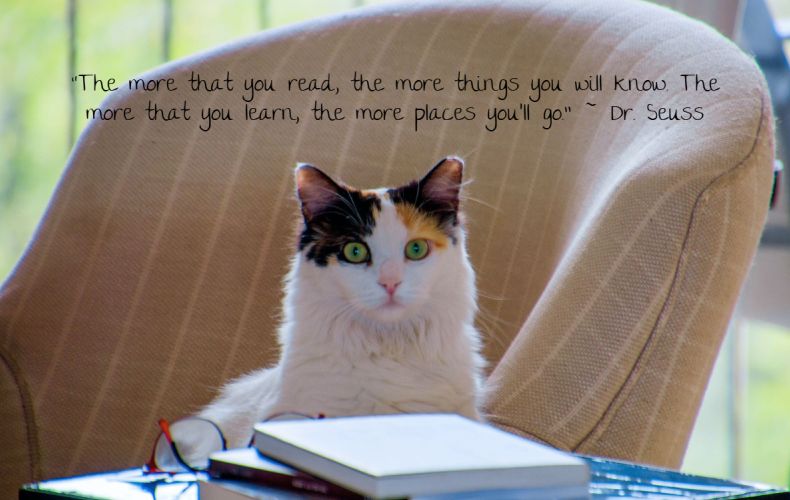How familiar are you with positive affirmations? Positive affirmations are short, upbeat, and uplifting quotes or scriptures that put you in a positive state of mind. They can help you find your footing in a dark, low place and hold your hand while you find higher ground.
Oddly enough, a lot of people use these affirmations without really realizing it. My mom had a favorite one years and years before the phrase positive affirmations even existed. She often said, “This too shall pass.” Whether it was a loved one’s health problems, a bad day at work, or a broken washing machine (we had a gold Maytag that didn’t know Maytags were supposed to last forever) – her phrase helped her though the problem rather than ending up crumbled beneath the problem.
As I’ve said before on Self Help Daily, when I’m up against something, I’m fond of telling myself, “I’ve slayed bigger dragons.” The reminder that I’m in control and have, in fact, won previous battles, helps me keep “looming things” in perspective. You know the secret power of “looming things,” don’t you?
They tend to conform to the size and might of your expectations.
If you THINK of them as huge and frightening… they will be.
If you THINK of them as not so bad and downright manageable… they will be.
Unfortunately, a lot of people also use negative affirmations – again, without thinking about it.
Some popular negative affirmations are…
- It’s always something!
- $#%& %%$#6 %%#%#4!
- Why me?!
- I can’t do this!
- I can’t take this!
- I’m overwhelmed
- Why even try?
- Are you kidding?!
- {long, exasperated sigh}
Not only are negative affirmations completely worthless, they’re actually very harmful. They don’t help you out of your situation as much as they allow you to just be miserable in your situation.
Talk about a perfectly miserable waste of time.
When you’re in a jam, try positive affirmations instead. Positive affirmations LIFT you to a higher ground while negative affirmations PUSH you further down and leave you with a defeated attitude.




